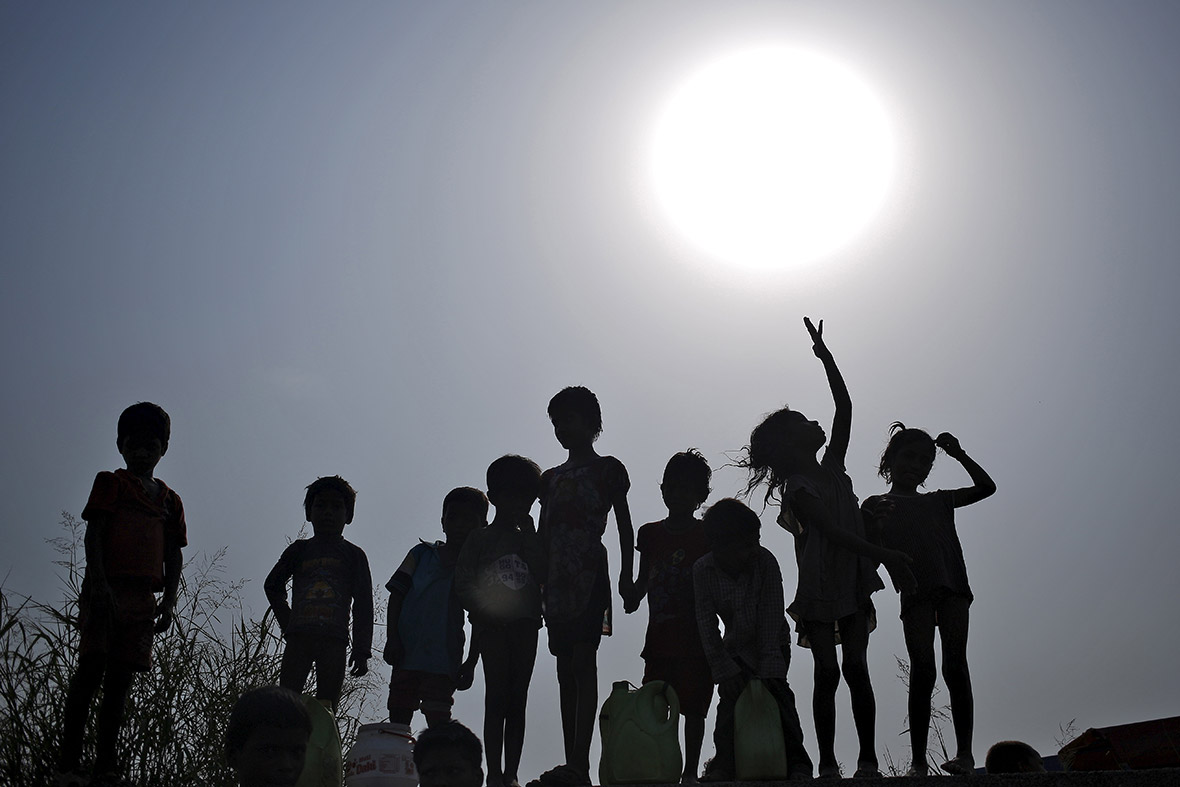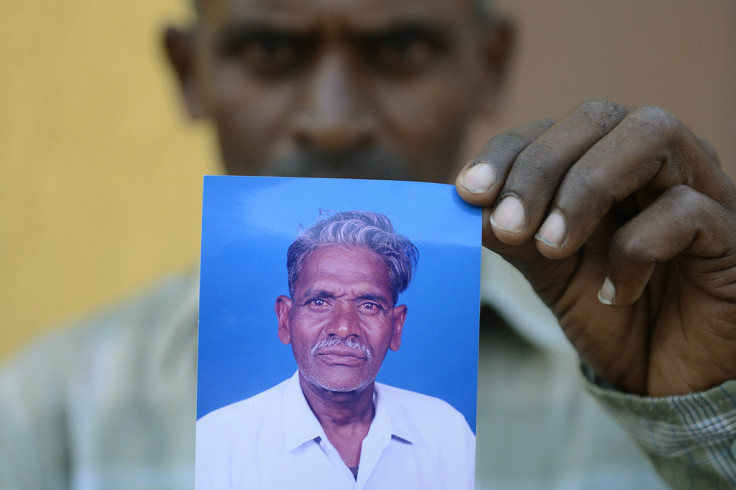India heatwave: Death toll passes 1,400 as temperatures soar to 48C [Photo report]
A fierce heat wave has killed more than 1,400 people in India in the past month. Temperatures have soared up to 48C (118.5F).




Meteorological officials said the heat would likely last several more days – scorching crops, killing wildlife and melting city roads.
Zebra crossings in Delhi have started to melt. (Photo: Sanjeev Verma/ HT)
— Abhishek Saha (@saha_abhi1990) May 26, 2015
Read: http://t.co/CzTt1HJ6zF @htTweets pic.twitter.com/2kiRvrZsaZ
Watch: This road in Delhi melted due to scorching heathttp://t.co/loRaAPTxTF pic.twitter.com/9oaJ3lCUQ3
— Hindustan Times (@htTweets) May 27, 2015
Fruit bats among the casualties of India's extreme heat http://t.co/XG0BbT1Ufb pic.twitter.com/srGz91iiqJ
— Patrick (@DrWambua) May 21, 2015
Most of the heat-related deaths have occurred in the southern state of Andhra Pradesh, with most of the victims either elderly or labourers suffering sunstroke or dehydration.

Authorities have cancelled doctors' leave and advised people not to go outside in the middle of the day to avoid the worst of the heat, but staying indoors is not an option for many. Among the most vulnerable are the elderly and the poor, with no access to air conditioners or sometimes even shade-giving trees.
The heatwave has exposed India's lack of basic infrastructure. One-third of its 1.2bn population still does not have access to power, and water is also short in supply. The Delhi government says it has already halved the price of electricity and made water free, but upgrading infrastructure is a long-term challenge.








Newspapers have reported on the heatwave with headlines saying: "Homeless bake in tin shelters" and "Birds and animals drop dead".
People have taken to using handkerchiefs and scarves to block searing winds and stifling air from their faces.
Across the country, teenagers flocked to lakes and rivers to cool off.








The high demand for electricity is outstripping the supply and causing power cuts that are exacerbating the situation. Almost all of India has been witnessing power cuts lasting for hours on end.
May and June are India's hottest months, with temperatures regularly pushing above 40C. But meteorologists say the number of days when temperatures approach 45C has increased in the past 15 years.
Cooling monsoon rains are expected to arrive next week in the southern state of Kerala and gradually advance north in the coming weeks.
© Copyright IBTimes 2025. All rights reserved.






















